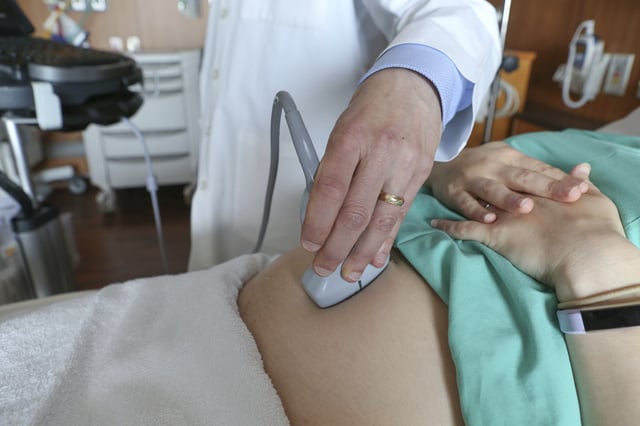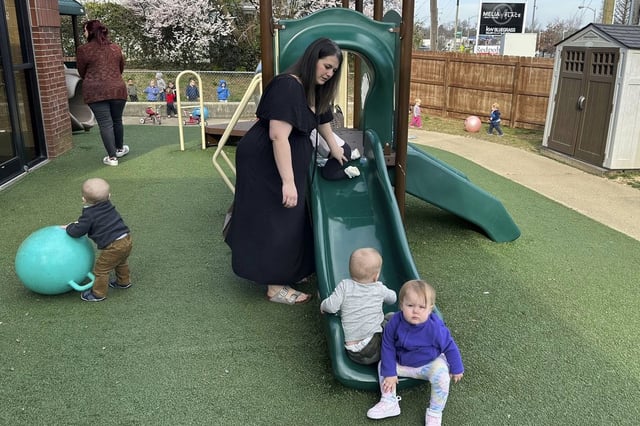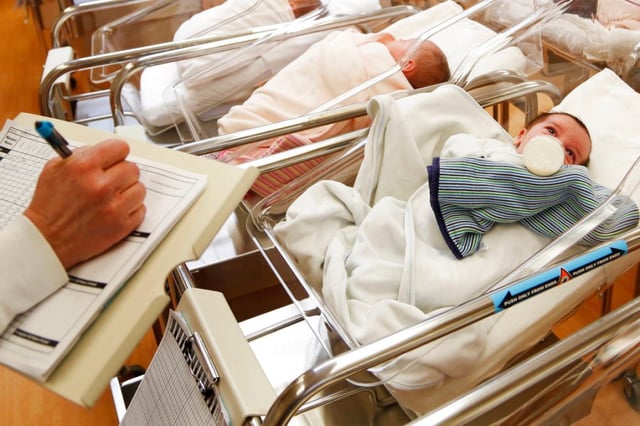Overview
- Lawmakers are advancing sweeping family-support measures, including a 100 percent tax exemption for parents, guaranteed mortgages for families with two or more children, housing priority and a full year of paid parental leave.
- Analyses of Hungary’s baby bonuses and Scandinavia’s generous parental benefits show only modest timing shifts and no sustained increases once fertility falls below replacement.
- Research by Melissa Kearney and Phillip Levine finds that shifting adult priorities and career ambitions, rather than childcare costs, are the main drivers of persistently low birth rates.
- Economists point to Japan’s two decades of population shrinkage alongside rising wages, record corporate profits and productivity investments as evidence that societies can adapt to smaller workforces.
- Policy experts urge bolstering economic resilience through high-skilled immigration, labor-market reforms and automation to address aging populations and labor shortages.



